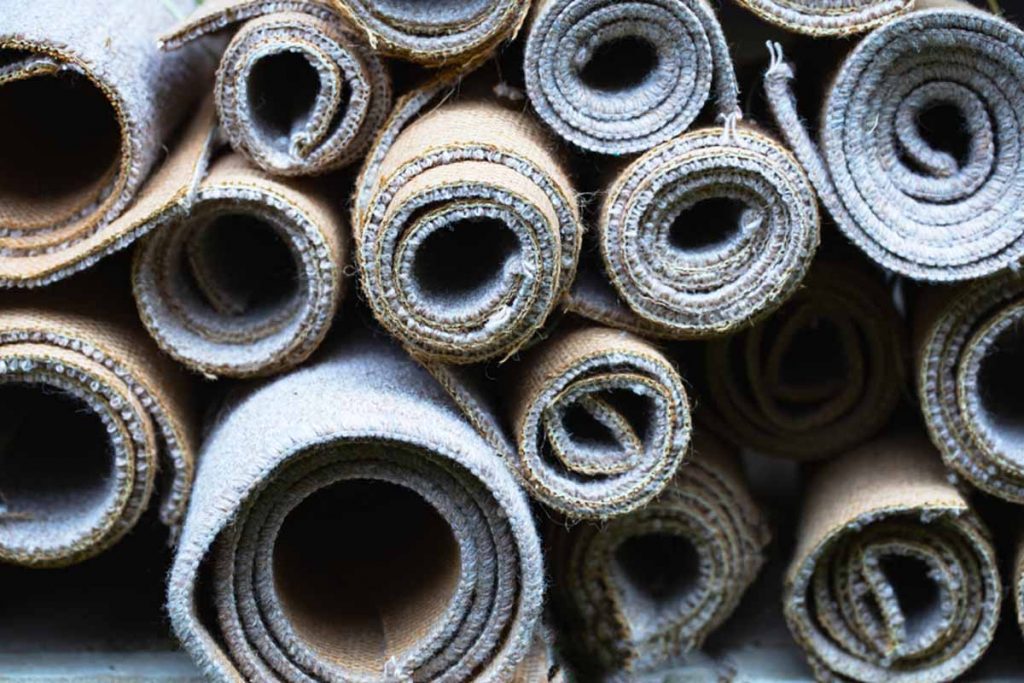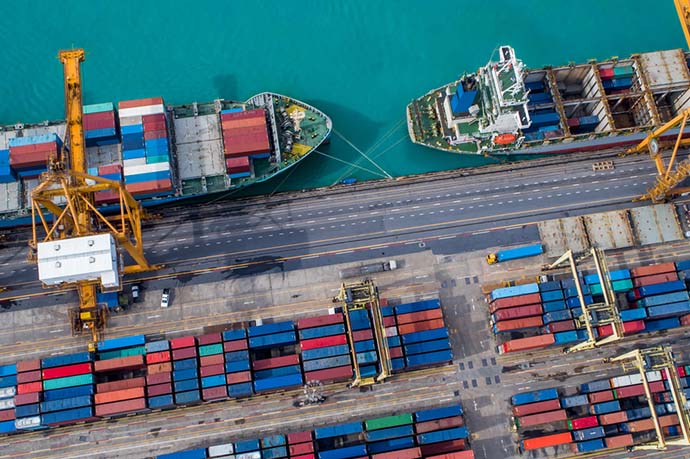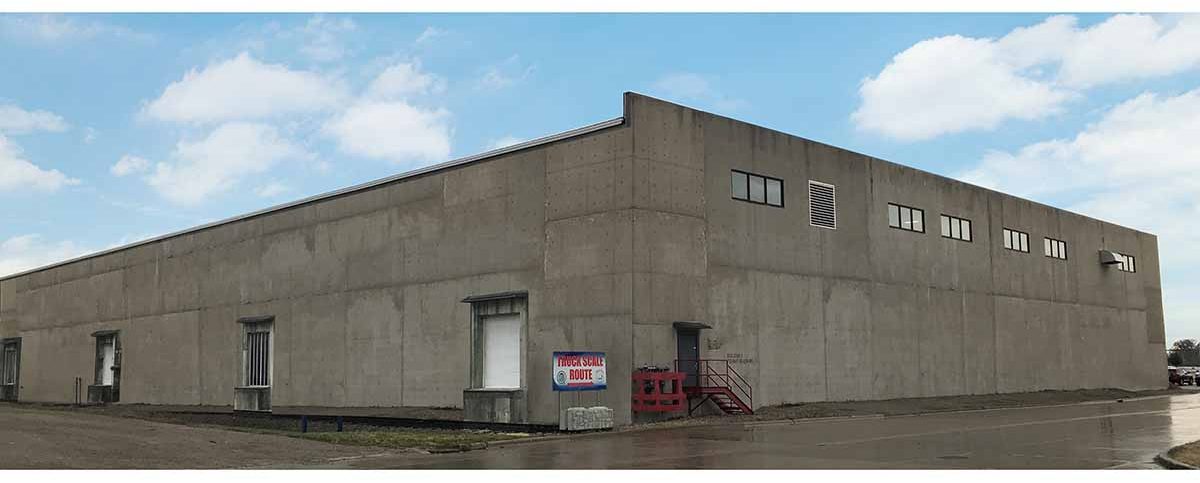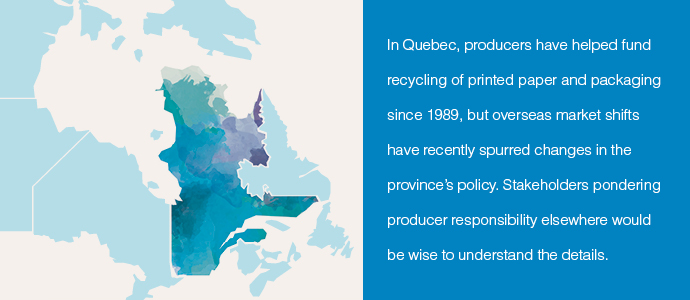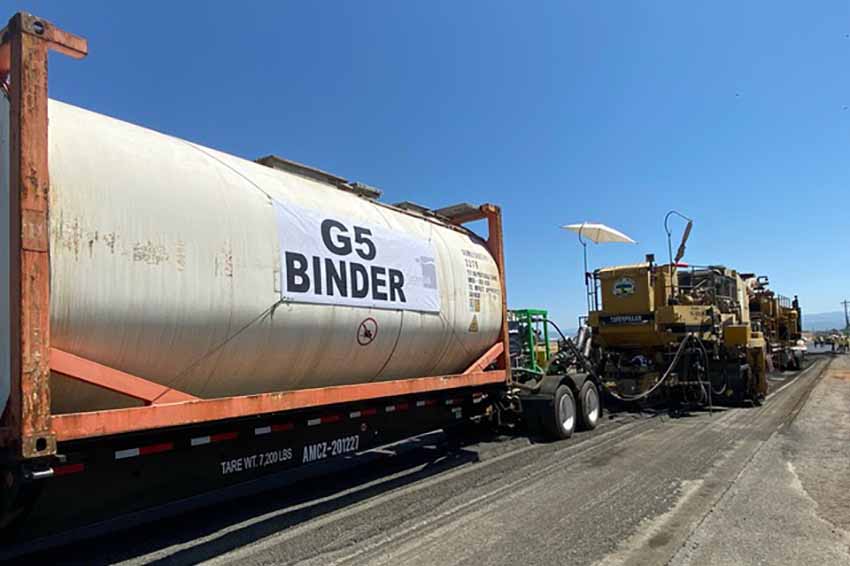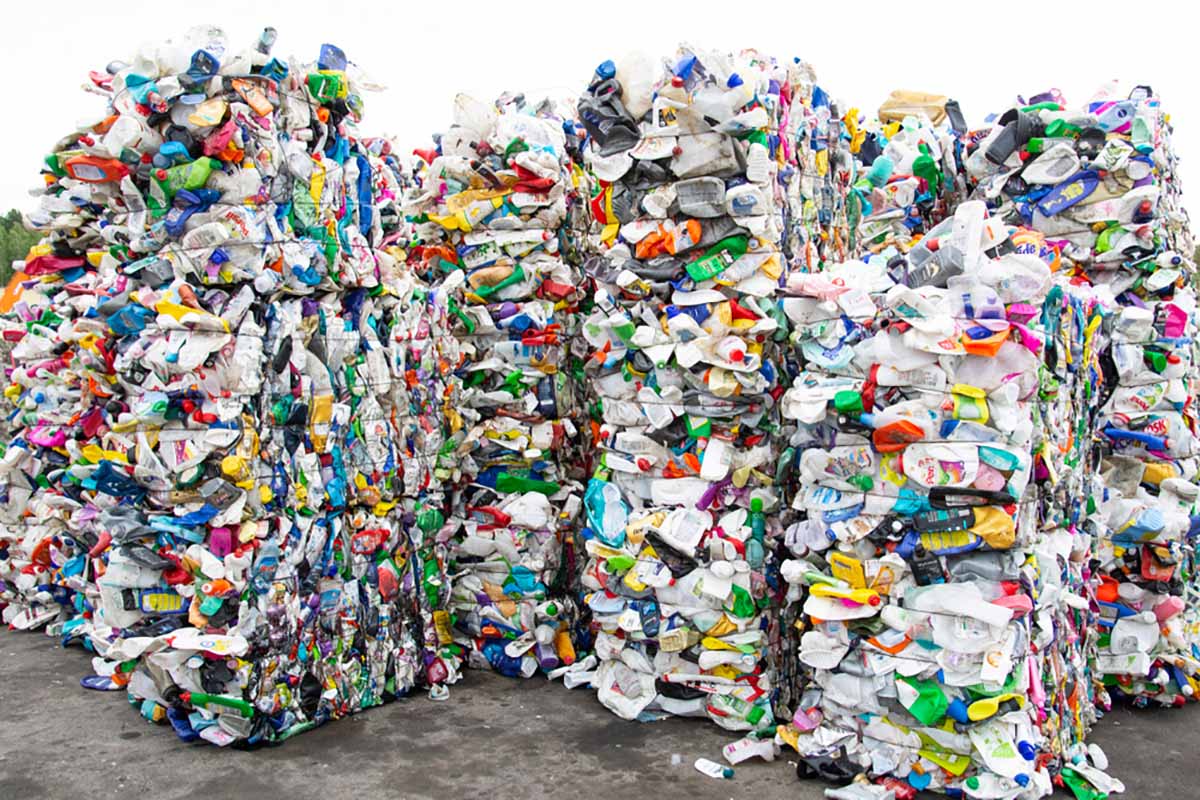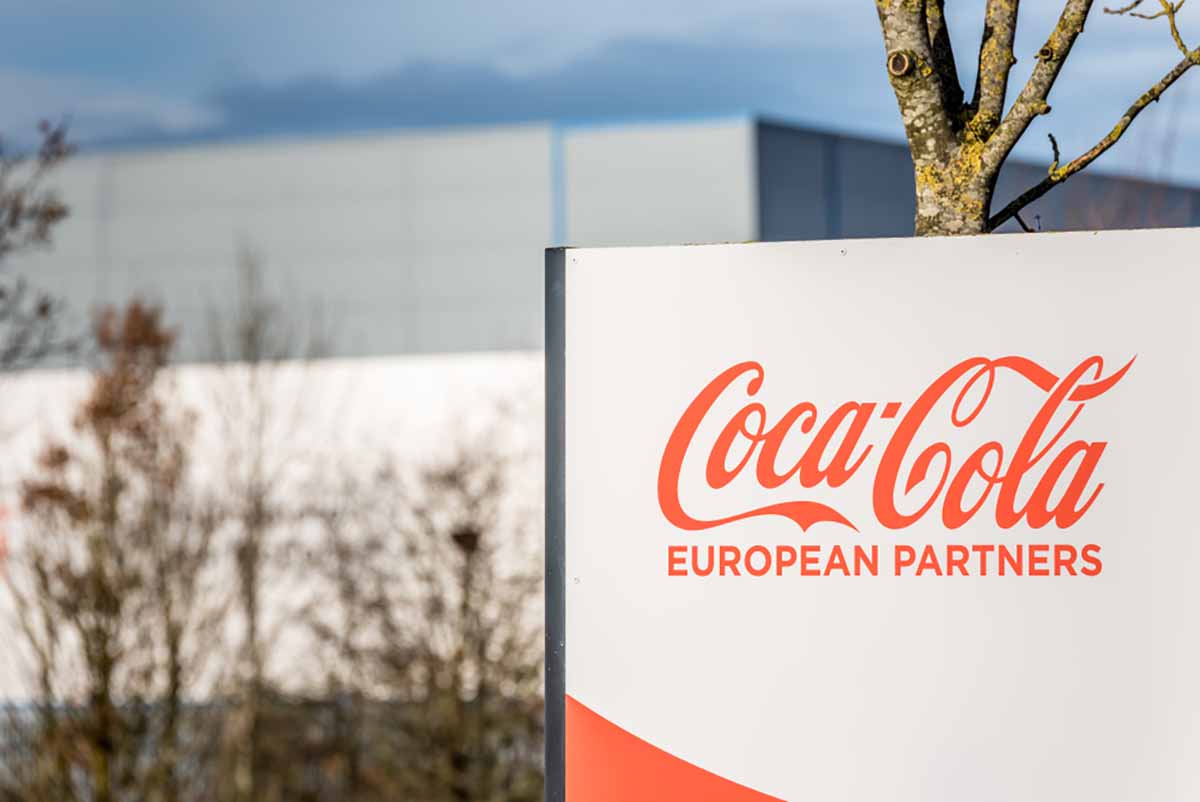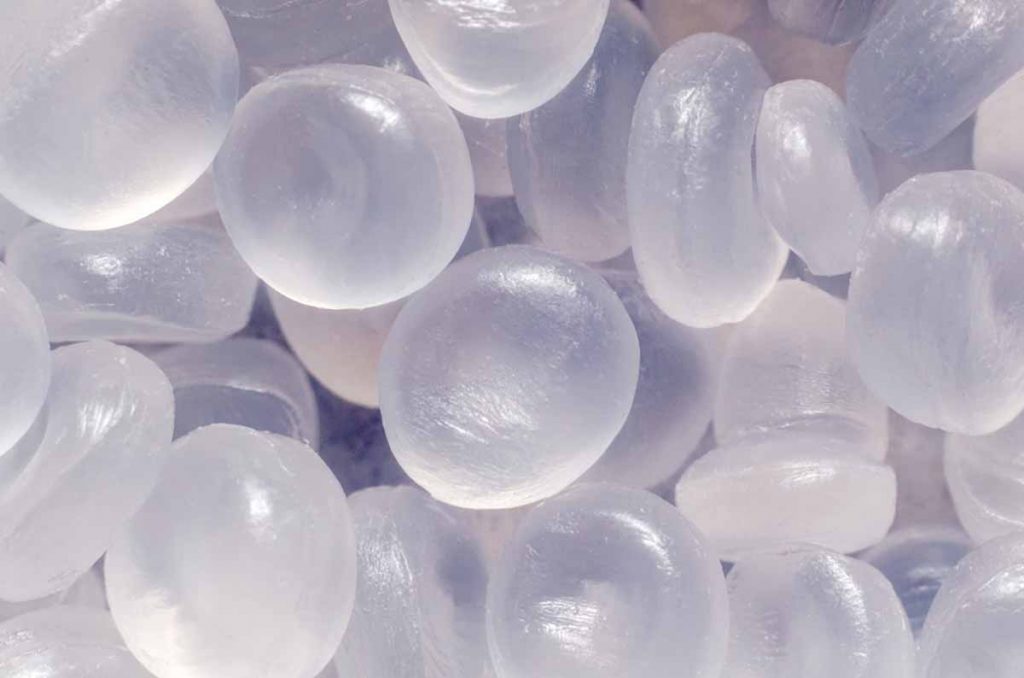
Chinese officials are working to update standards for recycled plastic pellets, laying out new quality requirements. | Afanasiev Andrii/Shutterstock
Recycled plastic pellets are facing greater scrutiny upon import into China, international recycling stakeholders recently reported.


 The price of natural HDPE jumped by nearly 25% over the past month and is now approaching the record high values it achieved at the beginning of the year.
The price of natural HDPE jumped by nearly 25% over the past month and is now approaching the record high values it achieved at the beginning of the year.